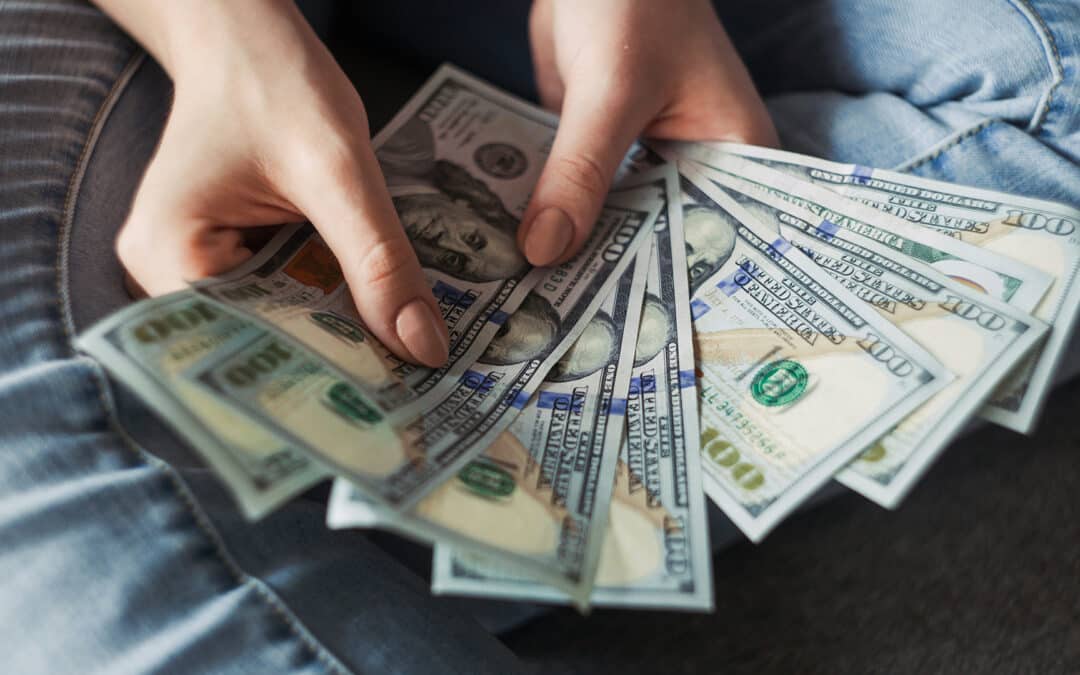Indoor air quality is a major issue for well-being and health.
In this context, the air exchanger appears not only to be a relevant solution, but almost indispensable in our modern, hermetically insulated homes.
Nevertheless, equipping oneself with such a system involves significant costs that deserve a detailed analysis.
Indeed, understanding the various financial components related to the installation of an air exchanger is essential for homeowners concerned about their home comfort and their budget.
In this article, we will dissect the different elements that influence the price of an air exchanger; from the direct costs related to the acquisition of the device to the additional costs generated by its installation.
We’ll also cover tips… to maximize your investment without sacrificing quality or efficiency.
Whether you are in the middle of a renovation or in the construction phase, this guide is intended to be an enlightening companion to navigate with ease in the sometimes complex world of air exchangers.
Price of an air exchanger
 The prices of air exchangers can vary greatly depending on several factors: the brand, model, features offered, and the capacity of the unit (usually measured in cubic meters per hour).
The prices of air exchangers can vary greatly depending on several factors: the brand, model, features offered, and the capacity of the unit (usually measured in cubic meters per hour).
It is possible to find basic models on the market starting at a few hundred dollars; while high-end systems can easily exceed a few thousand.
Before even thinking about the installation, it is therefore essential to define your specific needs and expectations in terms of indoor air quality.
When selecting your appliance, consider not only the initial price but also the energy consumption (which will influence your future bills), as well as the costs of replacing the filters.
Some models are equipped with reusable filters; while others require periodic replacements…
Choosing the right device can therefore be a clever calculation between short-term savings and long-term investment.
Installation costs
The installation of an air exchanger is not an easy task: it requires know-how and precision.
The prices charged by professionals take into account the time needed for installation (which can vary depending on the complexity of the system chosen), but also additional materials (such as ducts or insulation).
Generally speaking, it can be estimated that the cost of installation varies between 500 and 2000 dollars – a fairly wide range that reflects the diversity of situations encountered.
It is possible that some preparatory work will be required even before the exchanger is installed (such as creating or enlarging openings in some cases).
These additional interventions inevitably generate additional costs that should be taken into account when calculating the total budget.
In addition, if your home is already equipped with obsolete or inadequate mechanical ventilation, you will have to consider costs related to bringing the existing system up to standard or replacing it.
Grants and tax credits
Fortunately, there are often government programs in the form of grants or tax credits to encourage home improvements aimed at energy efficiency…
This financial aid can represent a significant part of the budget needed to acquire and install an air exchanger.
It is therefore a good idea to check with local or regional authorities to find out what options are available.
These programs are frequently updated; It is therefore necessary to regularly check their existence and eligibility conditions.
Some manufacturers or installers can also offer support in this administrative process by providing relevant information and necessary documentation.
Taking the time to learn about these opportunities can lead to a substantial reduction in the final cost.
Maintenance and durability
Another crucial aspect to consider when talking about the costs associated with air exchangers is their maintenance.
Regular maintenance not only ensures optimal operation, but can also significantly extend the life of the device.
This usually involves periodic cleaning or replacement of the filters, as well as an annual inspection by a qualified professional.
Although these operations represent a certain annual cost (which varies depending on the provider), they often save money in the long term by avoiding expensive repairs due to lack of maintenance.
Think of it as an investment: regularly spending a small amount to maintain your device can save you a large unexpected expense in the future.
Optimization and potential savings
To end on an encouraging note: there are various ways to optimize your initial investment and make substantial savings in the long run.
The first step is to choose your device wisely according to your real needs – don’t always give in to the sirens of the “more powerful”, “more technological”.
Sometimes, a simpler but well-adapted model will be just as effective and less expensive.
Also consider the possibility of “self-participation” – i.e. doing some preparatory steps yourself if you have the required skills (such as preparing the spaces where the ducts will pass).
Of course, this option should be discussed with the installer so as not to compromise the warranty or the proper functioning of the system.
Finally, always keep your device in pristine condition; This will increase its efficiency and reduce its energy consumption…
“Small” actions that together make all the difference!

